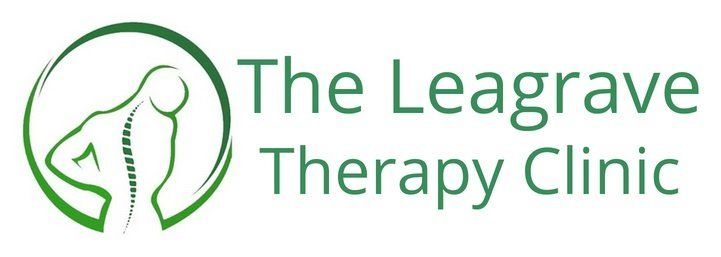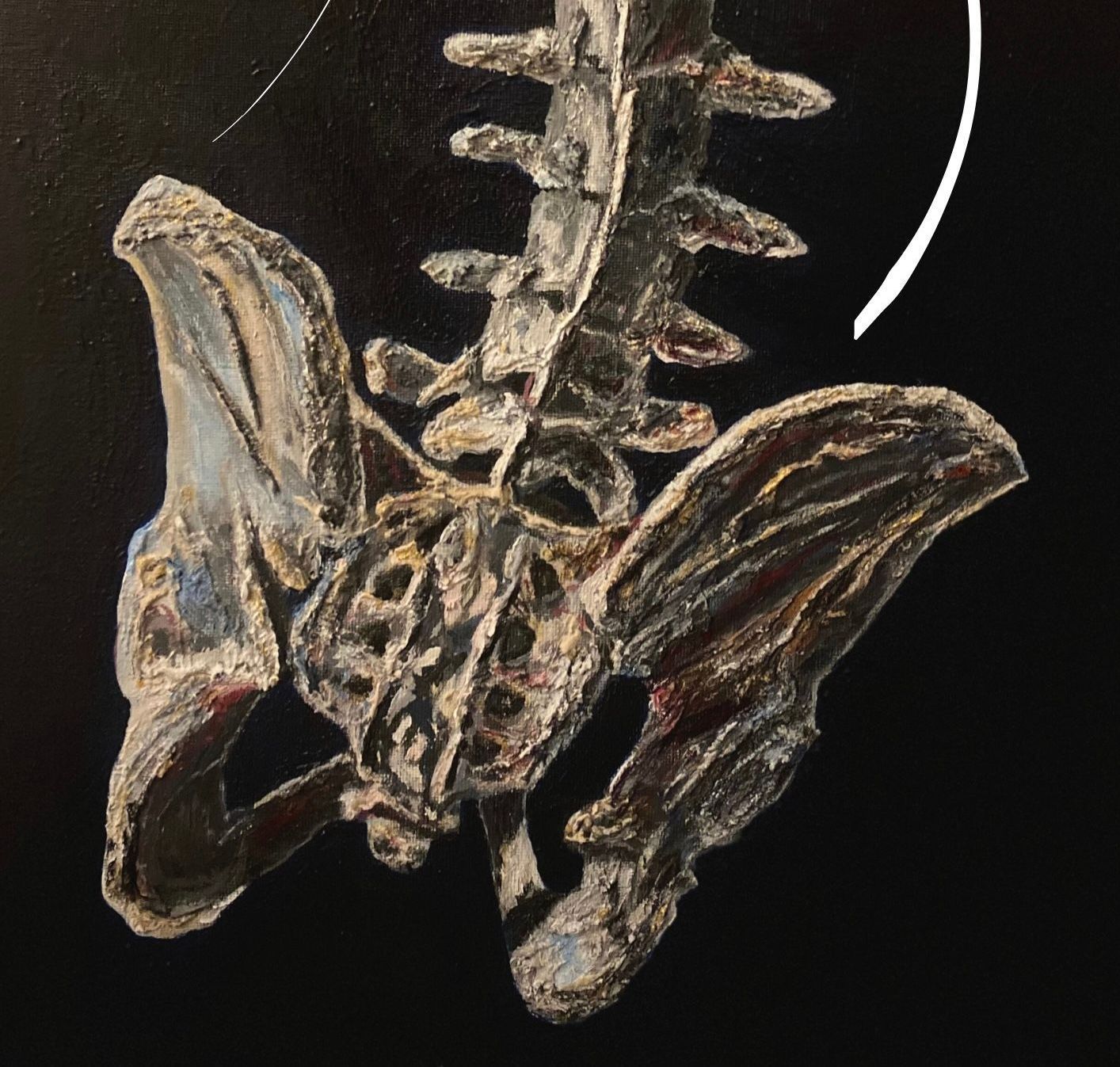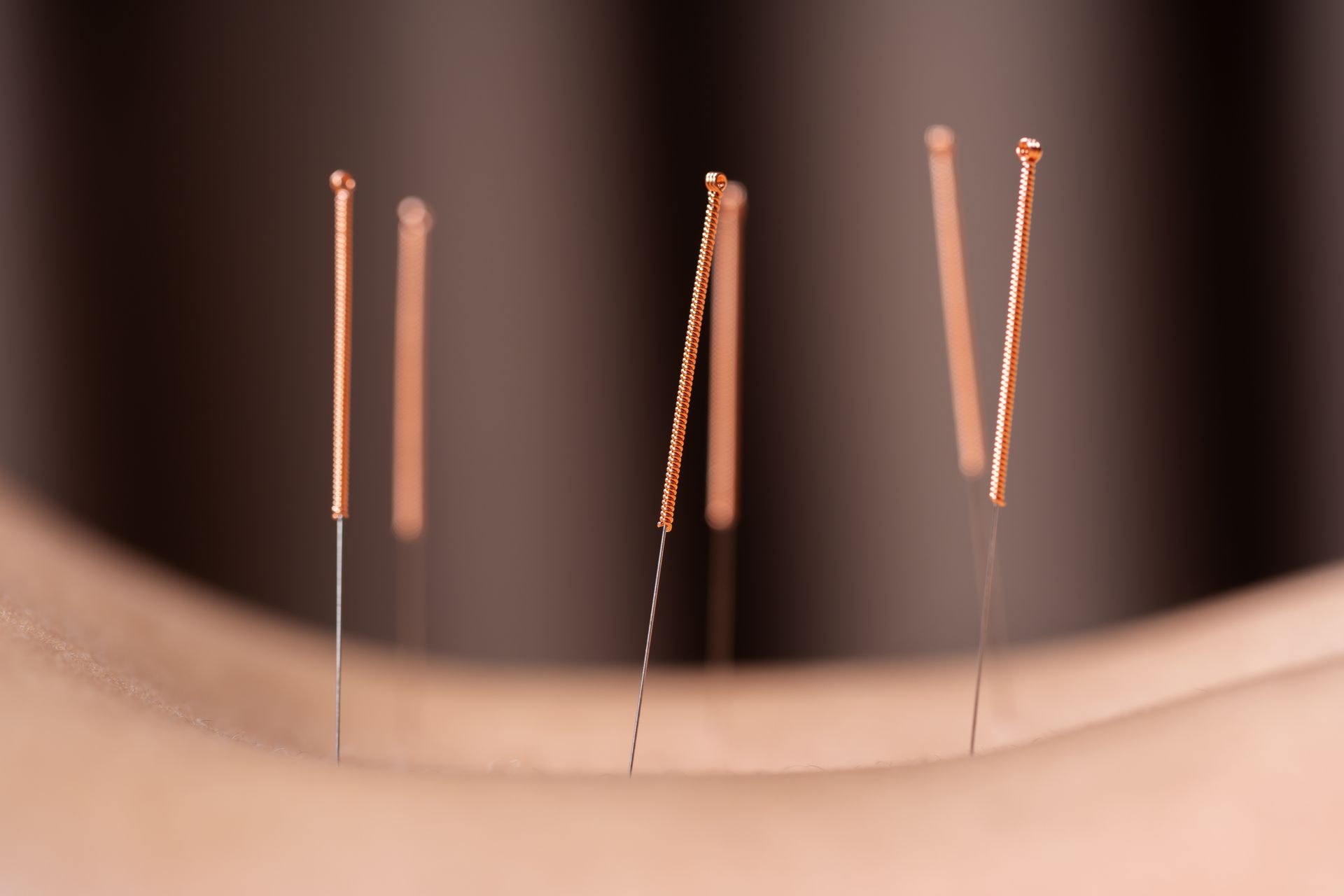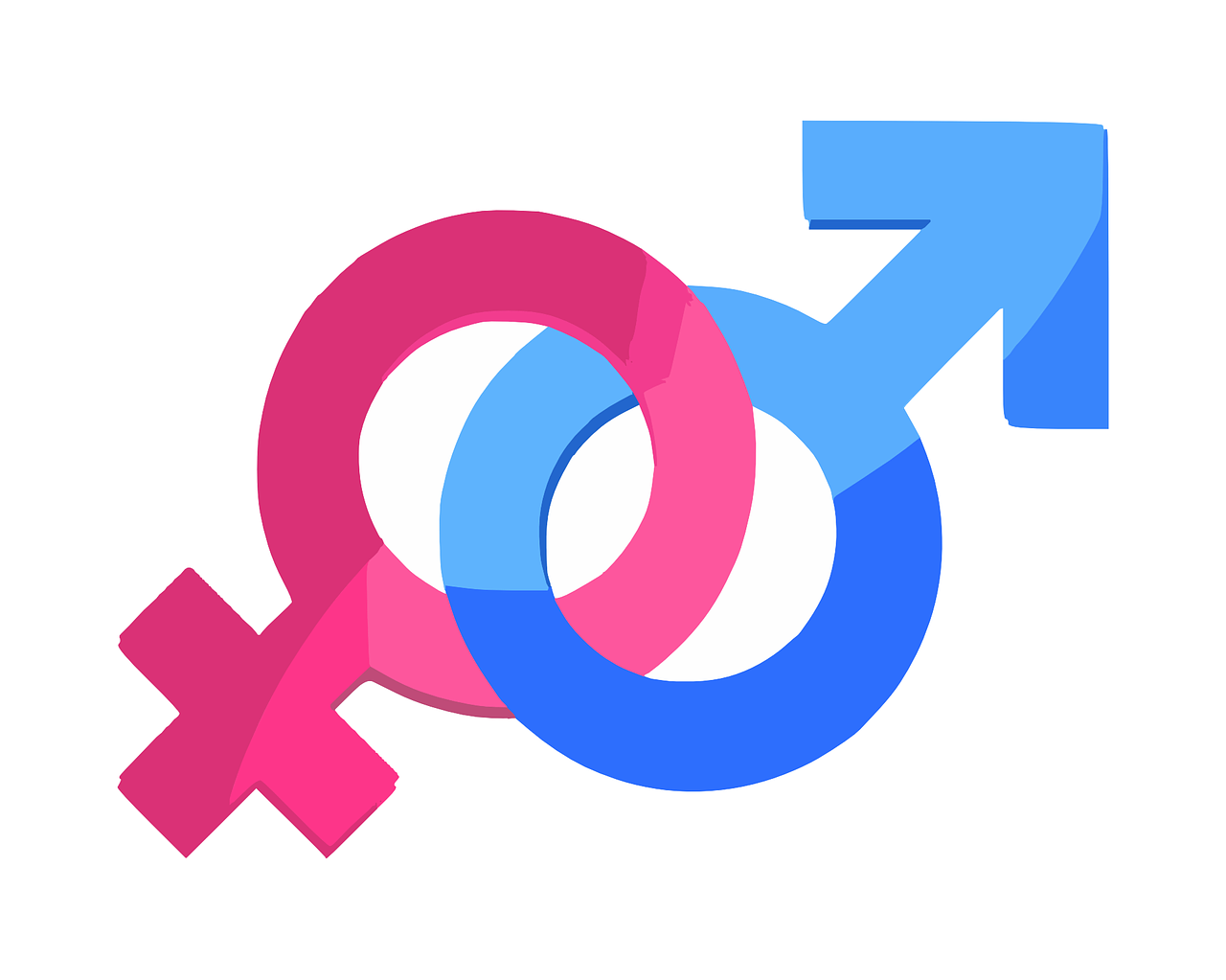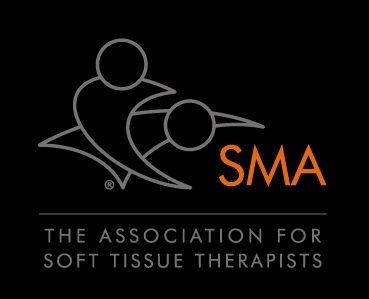Blood Pressure & Body Aches
- by Leagrave Therapy Clinic
- •
- 04 Sept, 2024
- •
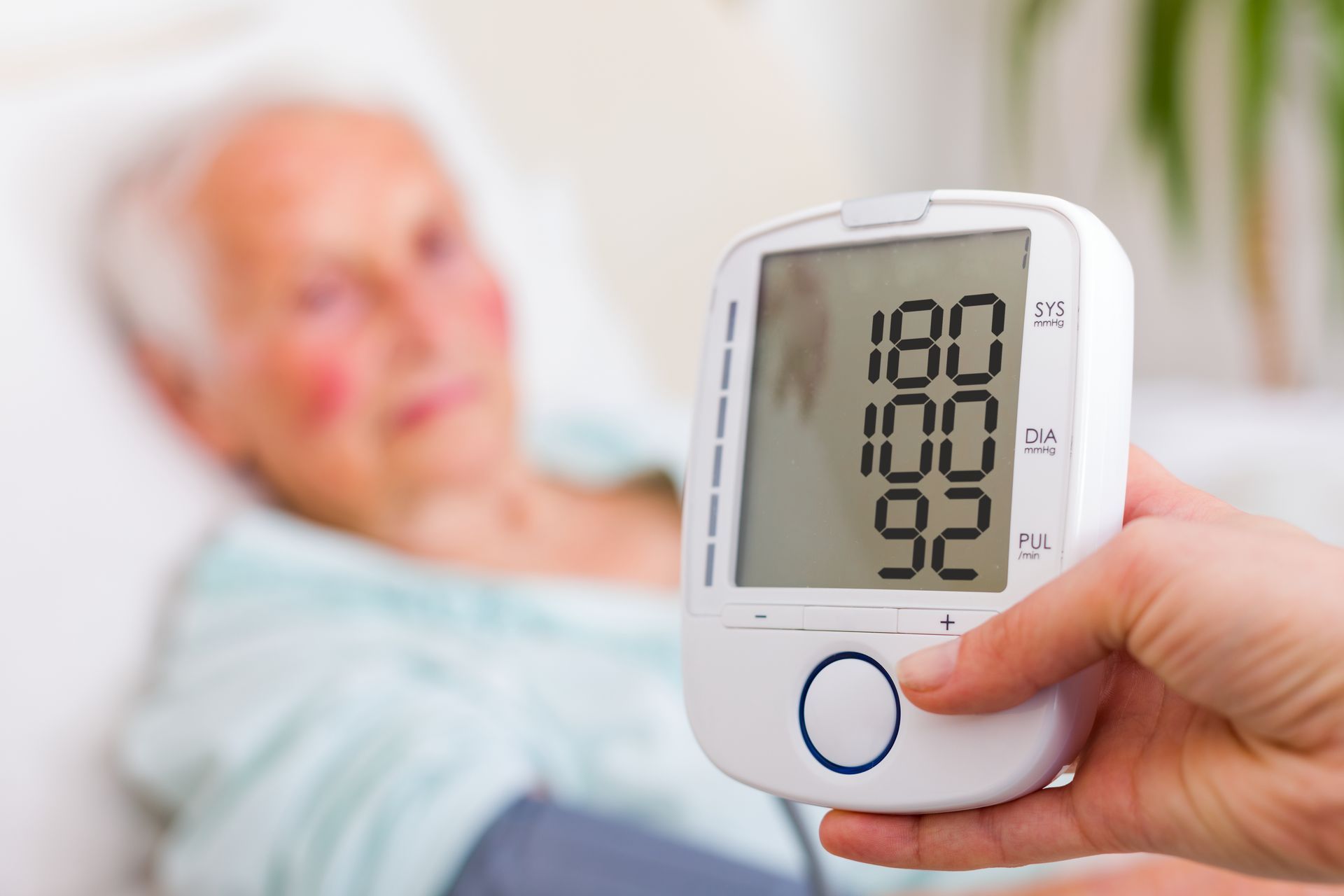
NHS Dr Kearney highlights that having high blood pressure is associated with half of all strokes and heart attacks (3). But, the good news is that hypertension is easily treated and for every 10mmHg reduced within blood pressure, the risk of a life changing heart attack or stroke is also reduced by 20% (3)!
A study by Alenazi and Alkhathami (2023) demonstrated that hypertension is prevalent in patients with osteoarthritis and has a significantly positive association with pain severity among patients (1). Thus, it is known that individuals with hypertension (high blood pressure) have higher osteoarthritic associated pain severity and intolerance than those without hypertension (1).
Smoking & Osteoporosis: Smoking reduces bone mineral content which can potentially lead to osteoporosis and a higher susceptibility to microfractures in the trabecular bone of the vertebral bodies. There are also reports that high serum cholesterol and triglyceride levels result in higher LBP occurrence (2).
Did you know?
The charity’s High Blood Pressure: How Can We Do Better? report, found that for every ten people diagnosed with high Blood Pressure in the UK, seven more remain undiagnosed and untreated (3).
What Blood Pressure Readings Mean:
Blood pressure readings have two numbers, for example 140/90 and measured in millimeters of mercury (mmHg).
Blood pressure that is too low is called hypotension, and pressure that is consistently high is hypertension.
The top number of the reading is systolic blood pressure
and is period of contraction of the heart muscle. This measures the force of blood against the arterial walls whilst the heart ventricles (the lower two chambers of the heart) squeeze and contract, pushing blood out to the rest of the body.
The diastolic number (the second number or bottom number) is the pressure when the heart relaxes and fills with blood. It is the period of relaxation of the heart muscle and measures the force of blood against the arterial walls as the heart relaxes and ventricles refill with blood. The heart relaxes between beats and the coronary artery is able to supply oxygen and blood to the heart (3).
Blood Pressure Readings:
90 over 60 (90/60 mmHg) or less: indicates low blood pressure.
More than 90 over 60 (90/60 mmHg) and less than 120 over 80 (120/80 mmHg): This blood pressure reading is ideal and healthy.
More than 120 over 80 and less than 140 over 90 (120/80-140/90 mmHg): You have a normal blood pressure reading but it is a little higher than it should be, and you should try to lower it. Health changes are required for a healthier lifestyle.
140 over 90 (140/90 mmHg) or higher (over a number of weeks): Indicates high blood pressure (hypertension). Change in lifestyle likely needed. See the doctor or nurse.
What Is The Average Resting Heart Rate?
The normal resting heart rate for adults over the age of 10 years, including older adults, is between 60 and 100 beats per minute (bpm). Highly trained athletes may have a resting heart rate below 60 bpm, sometimes reaching 40 bpm (3).
Hypertension and Oedema

Oedema (swelling) caused by cardiac related diseases (4):
Venous insufficiency can cause oedema in the feet, lower legs and ankles as the veins are unable to transport sufficient blood all the way down into the feet and back up to the heart. As a result, blood builds up in the legs, and fluid is forced out of the blood vessels into the surrounding tissue. Edema can also be caused by varicose veins (4).
Heart failure (cardiac insufficiency) can cause oedema in the arms and legs (peripheral oedema) and the abdomen (ascites) as the heart is too weak to pump blood around the body properly and so blood gathers within the anterior region of the heart (4). Due to the increased blood pressure within the veins, fluid can flow out into the surrounding tissues which may cause swelling within the legs or build-up fluid within the abdomen. If a person spends a lot of time laying down then oedema can occur within the lower back (also known as sacral oedema) (4).
Heart failure can also cause oedema within the lungs (pulmonary oedema); this is not common and life-threatening. Here, the lungs fill with fluid as the heart is too weak to pump out the blood. Blood gathers in the blood vessels of the lungs and fluid flows into the lung tissue. Signs of pulmonary oedema include shortness of breath and rapid, shallow breathing or coughing (4).
Other Causes of Oedema (4):
Kidney disease: can cause oedema within the legs and around the eyes as pressure within the blood vessels starts to build up. If the kidneys are unable to remove enough sodium and water from the body, this can lead to oedema (4).
Low protein levels in the blood (albumin): If there is a lack of the protein albumin in the blood, fluid can leak out of the blood vessels more easily. This lack of protein can be caused by extreme malnutrition or via kidney and liver diseases where the body loses too much protein or produces too little protein (4). A blood test is needed for this confirmation.
Liver diseases: Scarring of liver tissue or liver cirrhosis from long-term alcohol abuse or liver inflammation can cause oedema in the abdomen (known as ascites). Cirrhosis can lead to a lack of protein formation, a build-up of blood within the liver can increase the pressure within the blood vessels and fluid flows out into the abdomen (4). Again, a blood test is required to determine this.
Severe lung diseases like emphysema can cause oedema within the legs and feet as pressure within the lungs increases and blood builds up within the heart and veins (4).
Treatment:
A light lymphatic drainage massage is offered at the Leagrave Therapy Clinic and has been applied for related conditions listed above. If you are unsure whether you can accept such treatment due to your current health condition, please ask your doctor or medical health practitioner first.
References
1. Alenazi, A. M., Alkhathami, K. M. (2023) Hypertension Is Associated with Joint Pain Severity Among Individuals with Osteoarthritis, 24; 5: e97-e101.
2. Bae, Y-H., Shin, J-S., Lee, J., Kim, M-R., Park, K. B., Cho, J-H., Ha., I-H. (2015) Association between Hypertension and the Prevalence of Low Back Pain and Osteoarthritis in Koreans: A Cross-Sectional Study, Plos One, 10; 9: 1-13.
3. Blood Pressure UK (2008) http://www.bloodpressureuk.org/BloodPressureandyou/Thebasics/Bloodpressurechart [online]
4. Brandes, R., Lang, F., Schmidt, R. (2019) Physiologie des Menschen: mit Pathophysiologie., Berlin: Springer.
5. NHS (2016) Blood Pressure: How Can We Do Better? https://www.england.nhs.uk/blog/matt-kearney-7/ [online]
